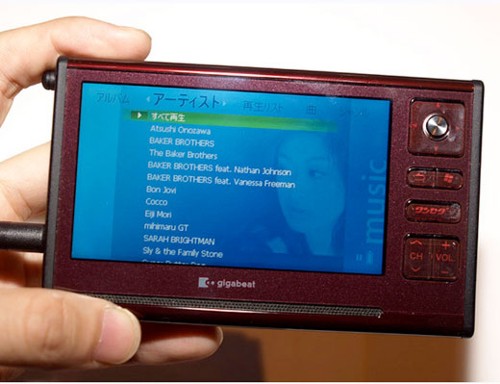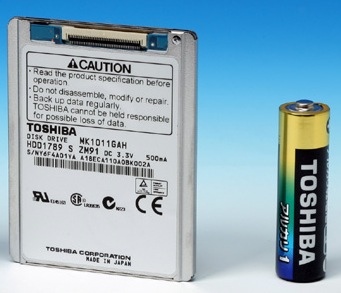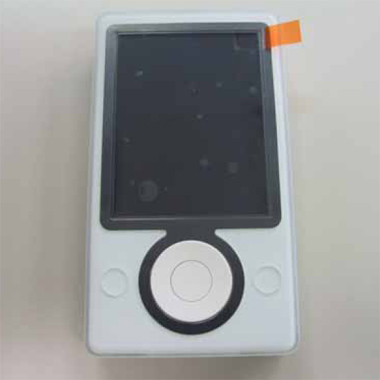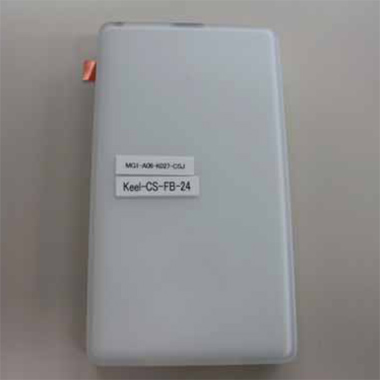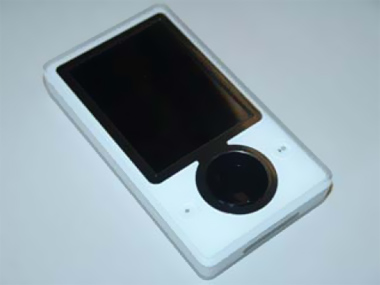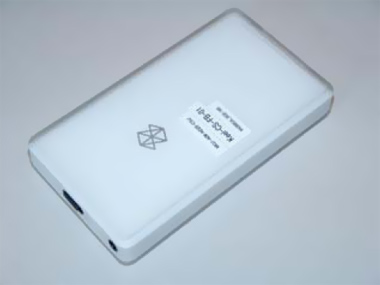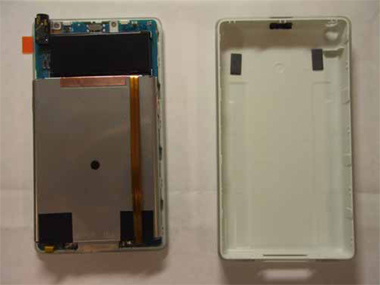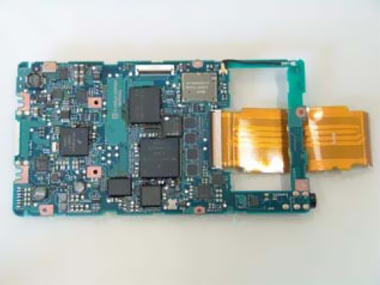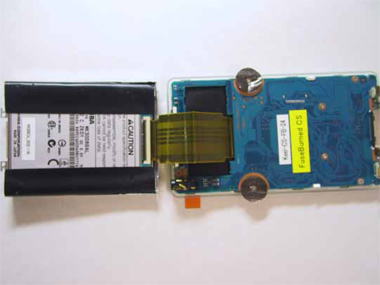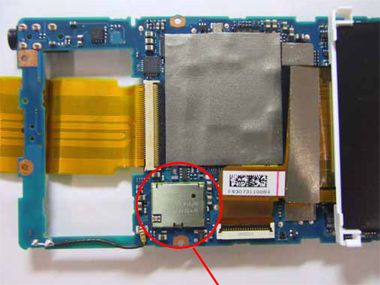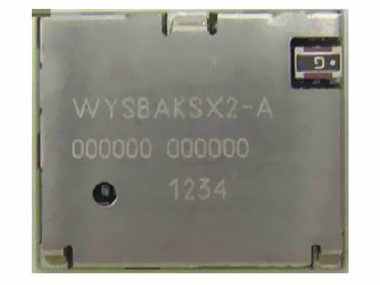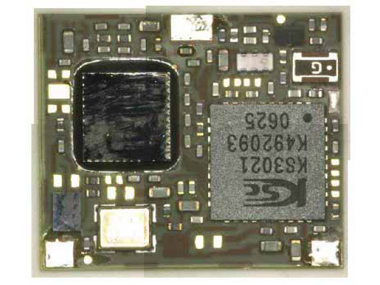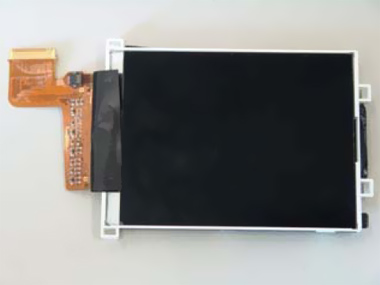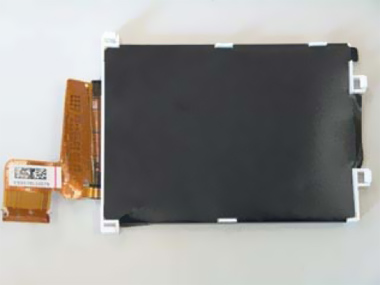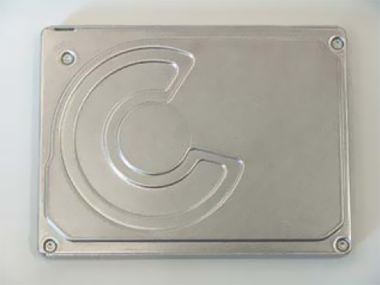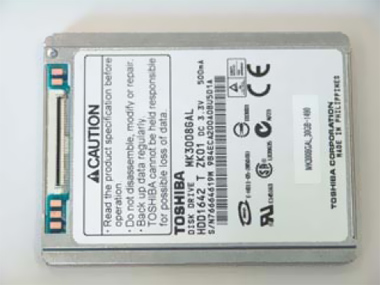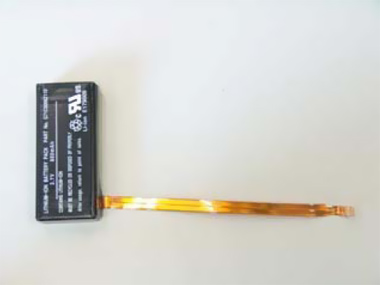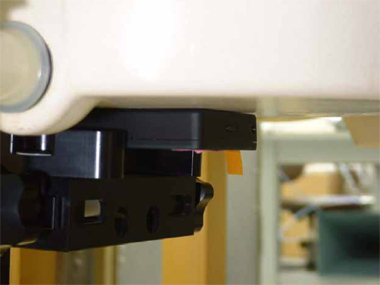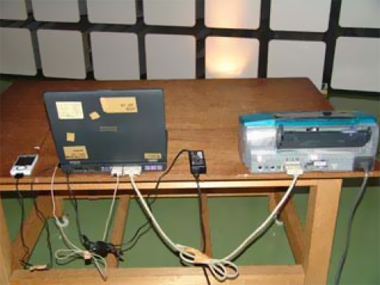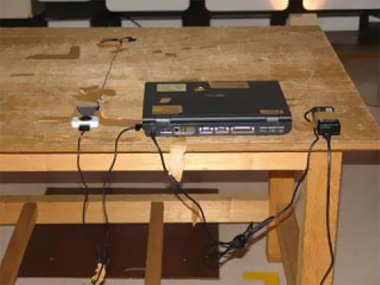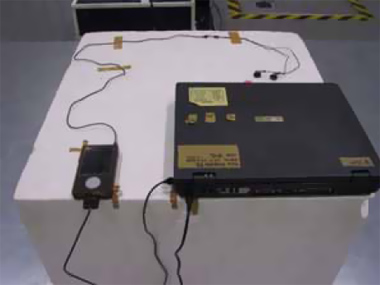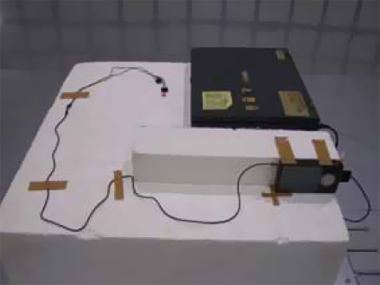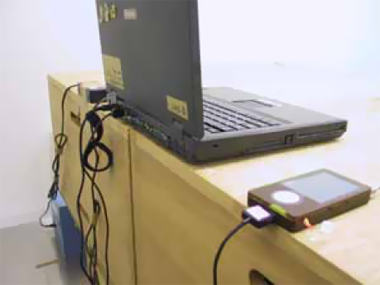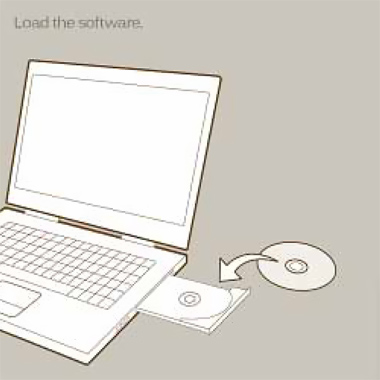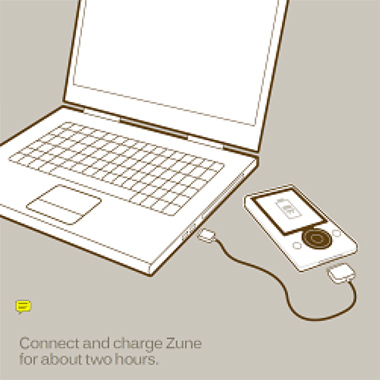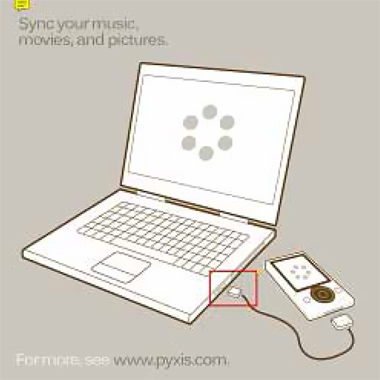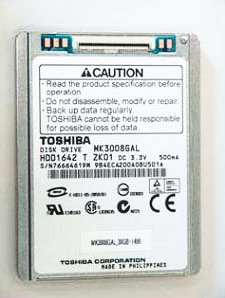
Pictured above is the 1.8 inch Toshiba hard drive that, according to the FCC documents at least, is going to come in the Zune when it's released later this year (I should note that Toshiba is making the Zune for Microsoft, in case earlier posts weren't clear on that point). The size of the hard drive is 30 gigabytes, and I wanted to discuss that for a moment. The question is, is 30 GB big enough for the first Zune on the market? According to a
2004 study by Jupiter Research, 90% of people who have a digital music collection have less than 1000 songs. Two and a half years later, one could bet that number has risen - let's be generous and say it has doubled and the average consumer has a music collection of around 2000 songs. Let's say roughly 3 MB per song (again, over-shooting the size a bit) and we have around 6000 MB of total storage required.
But wait, you say, what about video? That's something that is a bit of a mystery - I'm not aware of any consumer studies involving how much of a digital video collection people have, and how much of that they'd want to take with them on a device. I'd be willing to bet that it's not very big. Let's factor in another 2000 MB of video files, giving us 8 GB of total media storage. [If those numbers seem small, remember that by reading this site, you're not average by any means.]
Where am I going with this? Even though as an early-adopter type, 30 GB doesn't impress me much and I'd love to see more storage, I think the Zune team knows 30 GB is the sweet spot between keeping the price of the Zune low and the amount of storage the average consumer needs. Toshiba makes an
80 GB drive that would fit in the Zune, but it would drive up the overall cost of the Zune.
Here's what I think Microsoft should do: release a high-end version of the Zune in parallel with the 30 GB Zune, say a "Zune Extreme", that has a massive 80 GB drive. Why? Several reasons. First, it would trump the current iPod lineup by 20 GB. The Zune is going head to head with the iPod - make no mistake about it. For early adopters, the people willing to take a chance on an unknown product, specs matter. Early adopters are also less price-sensitive than mainstream consumers (these are the people who drop
$900 USD on a Qtek 9000), so even if the 80 GB Zune sold for $449 I think people who want the most high-end Zune they can get would pay for it. Early tech adopters also tend to be quite different from the average consumer with their media collections, so in many ways 30 GB just won't cut it for these users.
Will the Zune only come in a 30 GB version? Right now, it's looking like it. We'll have to watch the FCC for more documents, because if there is another version, it will go through the same clearance process the first one did. What do you think - would you be willing to pay $449 USD for an 80 GB Zune?




